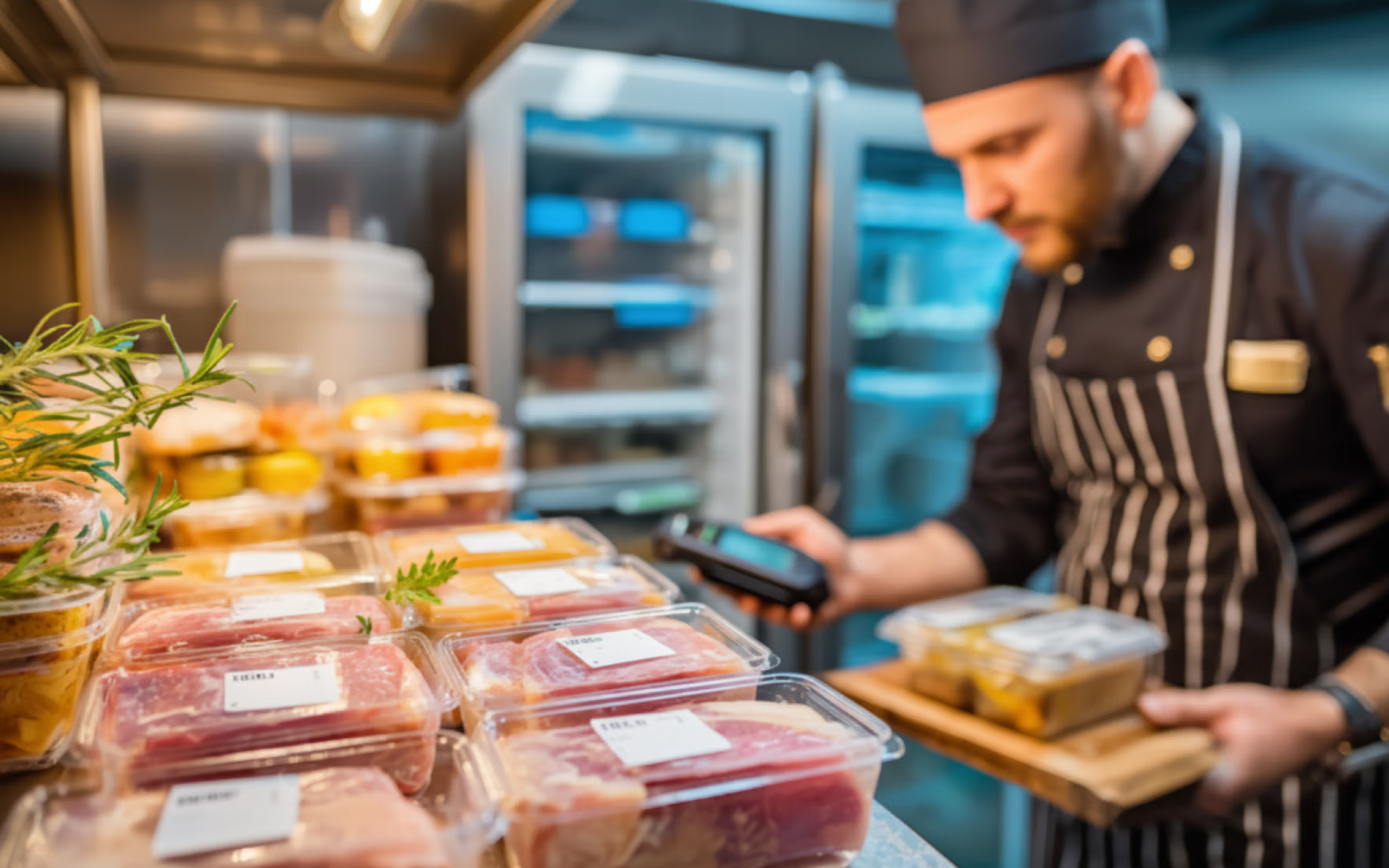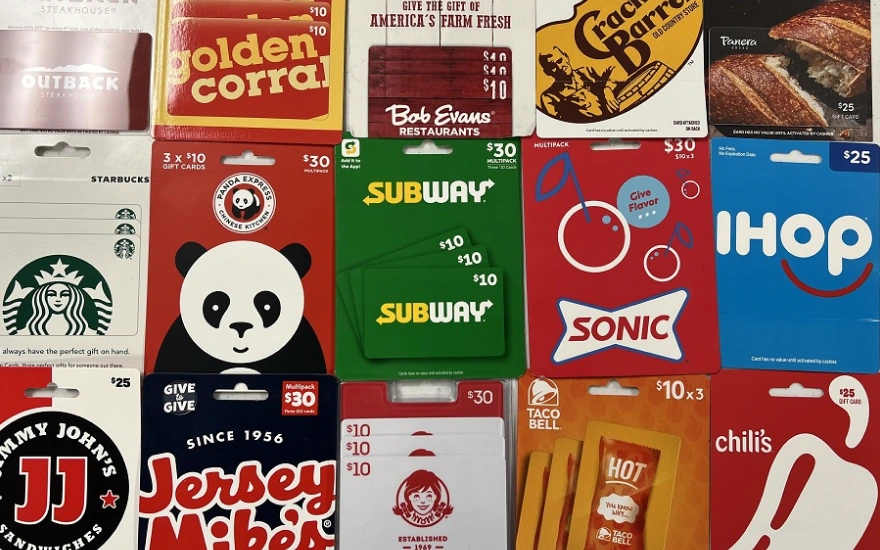How to Create a Comprehensive Restaurant Training Manual

A well-crafted restaurant training manual is the backbone of a successful and consistent restaurant operation. It ensures that every employee, from the front of the house to the kitchen, understands their role, the restaurant’s standards, and how to deliver an exceptional guest experience. But that’s not all. A thorough training program results in 218% higher income per employee than companies without formalized training, which means that investing in training is a smart financial choice. This guide will provide a detailed roadmap to creating an effective restaurant training manual tailored to your establishment's needs.
What Is a Restaurant Training Manual?
A restaurant training manual is a detailed document that outlines the standard operating procedures (SOPs), expectations, and responsibilities for all employees within the restaurant. It serves as a reference for both new hires and seasoned staff, ensuring consistency across all areas of operation.
Why Is a Restaurant Training Manual Important?
A comprehensive training manual is crucial for several reasons:
1. Consistency: It ensures all employees receive uniform training, leading to consistent service and operations. For instance, Starbucks uses detailed manuals to ensure that each coffee is made the same way across all locations, guaranteeing a consistent customer experience worldwide.
2. Efficiency: A well-structured manual reduces the time required to onboard new employees and minimizes the learning curve. For example, a busy pizzeria might use a manual to quickly train staff on dough preparation, ensuring they can get up to speed and contribute to the team sooner.
3. Compliance: A training manual ensures that all staff are aware of and adhere to necessary health, safety, and labor regulations. This is important to prevent fines, health violations, and safety concerns.
4. Employee Empowerment: A well-written manual empowers employees by giving them the tools and knowledge they need to perform their duties confidently. This can also help to reduce turnover and increase employee morale, as 70% of employees say that job-related training and development opportunities influence their decision to stay with a company.
5. Accountability: A training manual provides clear expectations and procedures, making it easier to hold employees accountable for their performance. For instance, a franchise might use the manual to establish uniform standards across locations, ensuring that all staff meet the same quality benchmarks.

What Should Be Included in a Restaurant Training Manual?
A well-organized restaurant training manual is essential for ensuring that every member of your team understands their role, responsibilities, and the standards your restaurant upholds. This section outlines the critical components that should be included in your training manual, from your restaurant’s mission and values to the specific job duties and operational procedures that keep your establishment running smoothly. Let’s dive in!
1. Introduction to the Restaurant:
- Mission and Vision: Clearly articulate your restaurant’s core values and long-term objectives.
- Company History: Provide a brief overview of the restaurant’s history and its journey to where it is today.
- Culture and Values: Describe the restaurant’s culture and the values that drive your team’s daily operations.
2. Job Roles and Responsibilities:
- Comprehensive Job Descriptions: Outline the responsibilities, skills required, and expected outcomes for each role in the restaurant, from front-of-house staff to the kitchen team.
- Role-Specific Procedures: Detail the specific tasks each role is responsible for, including opening/closing duties, service protocols, and interaction guidelines.
3. Customer Service Guidelines:
- Service Standards: Define what excellent service looks like in your restaurant. Include guidelines for greeting guests, taking orders, and serving.
- Sample Interaction Scripts: Provide detailed scripts for common guest interactions to ensure staff are prepared for various situations.
- Handling Complaints: Include steps for effectively managing customer complaints and turning negative experiences into positive ones.
4. Operational Procedures:
- Opening and Closing Checklists: Provide detailed checklists for opening and closing the restaurant, including tasks like setting up the dining area, prepping the kitchen, and ensuring all safety protocols are met.
- Daily Operational Tasks: Outline the procedures for day-to-day operations, including how to handle reservations, manage waitlists, and coordinate between the kitchen and front-of-house staff.
- Inventory Management: Include instructions on how to monitor and manage inventory, ensuring that stock levels are maintained without wastage.
5. Health and Safety Protocols:
- Food Safety Standards: Detail the procedures for food handling, storage, preparation, and serving to ensure compliance with health regulations and prevent contamination.
- Sanitation and Hygiene: Outline the cleaning schedules, personal hygiene standards, and sanitation procedures that all employees must follow.
- Emergency Procedures: Provide clear steps for handling emergencies such as fires, severe weather, power outages, and medical incidents, ensuring staff know how to act swiftly and safely.

6. Training and Development:
- Initial Training Programs: Detail the training process for new hires, including a timeline and the key areas of focus for each stage.
- Ongoing Training: Describe opportunities for continuous learning and professional development, such as workshops, certifications, and performance reviews.
- Mentorship Programs: Consider including a mentorship component where experienced staff can guide and support new employees through their training.
7. Legal Considerations:
- Labor Laws: Provide an overview of the labor laws relevant to your region, including minimum wage requirements, overtime rules, and employee rights. Ensure your manual is regularly updated to reflect any changes in the law.
- Health Regulations: Make sure your manual covers the necessary health regulations, such as food safety standards and workplace sanitation requirements.
- Workplace Policies: Include your restaurant’s policies on harassment, discrimination, and employee conduct to ensure a safe and respectful working environment.
8. Employee Benefits and Policies:
- Compensation and Benefits: Clearly outline the pay structure, including hourly wages, tips, bonuses, and any benefits such as health insurance, paid time off, or retirement plans.
- Code of Conduct: Establish clear expectations for employee behavior, including time off requests, punctuality, and professional conduct. Include the consequences for non-compliance to maintain standards.
- Dress Code: Specify the dress code for different roles within the restaurant. This might include uniforms, grooming standards, and guidelines on appropriate attire for different occasions (e.g., casual vs. formal events). A clear dress code ensures a professional appearance that aligns with the restaurant’s brand image.
By incorporating these elements into your restaurant training manual, you ensure that your team is well-prepared, consistent, and aligned with your restaurant’s goals. A comprehensive training manual not only aids in efficient onboarding but also serves as an ongoing reference that supports continuous improvement and adherence to best practices.
How to Implement and Maintain the Training Manual
Implementing and maintaining a restaurant training manual is as important as its creation. To ensure its effectiveness, the manual must be customized to fit your restaurant's unique operations and culture. It should also be treated like a live document, updated as regularly as new laws or standards are introduced. If a rule isn’t in the training manual, then you shouldn’t expect your team to abide by it. Let’s review some best practices for implementation and maintenance.
1. Customization: Adapt the manual to reflect your restaurant’s specific procedures, culture, and customer service standards. Templates can provide a starting point, but it’s crucial to personalize the content.
2. Distribution and Training: Ensure every employee receives a copy of the manual. Consider holding group training sessions to review key sections and answer any questions. When updates are applied, promptly share the new version with your team. The latest version should also be easily accessible in the restaurant and on your online team portal.
3. Regular Updates: The restaurant industry is dynamic, and so should be your manual. Regularly review and update the manual to reflect new regulations, menu changes, or operational improvements.
4. Feedback and Continuous Improvement: Establish a feedback loop where employees can suggest improvements to the manual, ensuring it remains a relevant and useful tool.

Common Mistakes to Avoid When Creating a Training Manual
Creating a restaurant training manual is a vital task, but it's easy to make mistakes that can undermine its effectiveness. By avoiding these common pitfalls, you can ensure your manual serves as a powerful tool for training and consistency. Here are the key mistakes to watch out for when developing your manual:
1. Overloading with Information: Avoid overwhelming staff with too much detail. Focus on essential content and make the manual easy to navigate.
2. Neglecting Role-Specific Needs: Ensure the manual addresses the specific responsibilities and challenges of different roles within the restaurant.
3. Failing to Update Regularly: An outdated manual can lead to inconsistencies and non-compliance with current regulations. Regularly review and update the content.
4. Lack of Clarity: Ensure the manual is clearly written, using simple language and direct step-by-step instructions to avoid confusion. Avoid vague or fluffy language that is up to interpretation. Additionally, real examples and illustrations are always great tools to ensure clarity.
5. Ignoring Employee Feedback: Not incorporating feedback can result in a manual that doesn’t meet the needs of the staff, reducing its effectiveness. The training manual should be a live document, updated based on the team’s changing needs.
6. Assuming Everyone Reads It: If you don’t share the manual with your employees during onboarding, then you shouldn’t expect them to read it. The same goes for updates. If you make policy or regulation updates, it is important to reshare the manual with the entire team, along with sending an email reminder and pre-shift announcement encouraging employees to review the changes.
Final Thoughts on Creating a Restaurant Training Manual
Creating a thorough and up-to-date restaurant training manual is essential for ensuring that your team delivers consistent, high-quality service. By focusing on clarity, role-specific details, and regular updates, you can create a manual that supports your staff and helps your restaurant thrive.
Don't let HR challenges hold your restaurant back. With Push Operations, you can confidently manage your restaurant’s HR needs, stay compliant with evolving regulations, and empower your team with personalized training resources. Book a demo today and join thousands of successful restaurant owners who trust Push to streamline their operations and boost efficiency.



